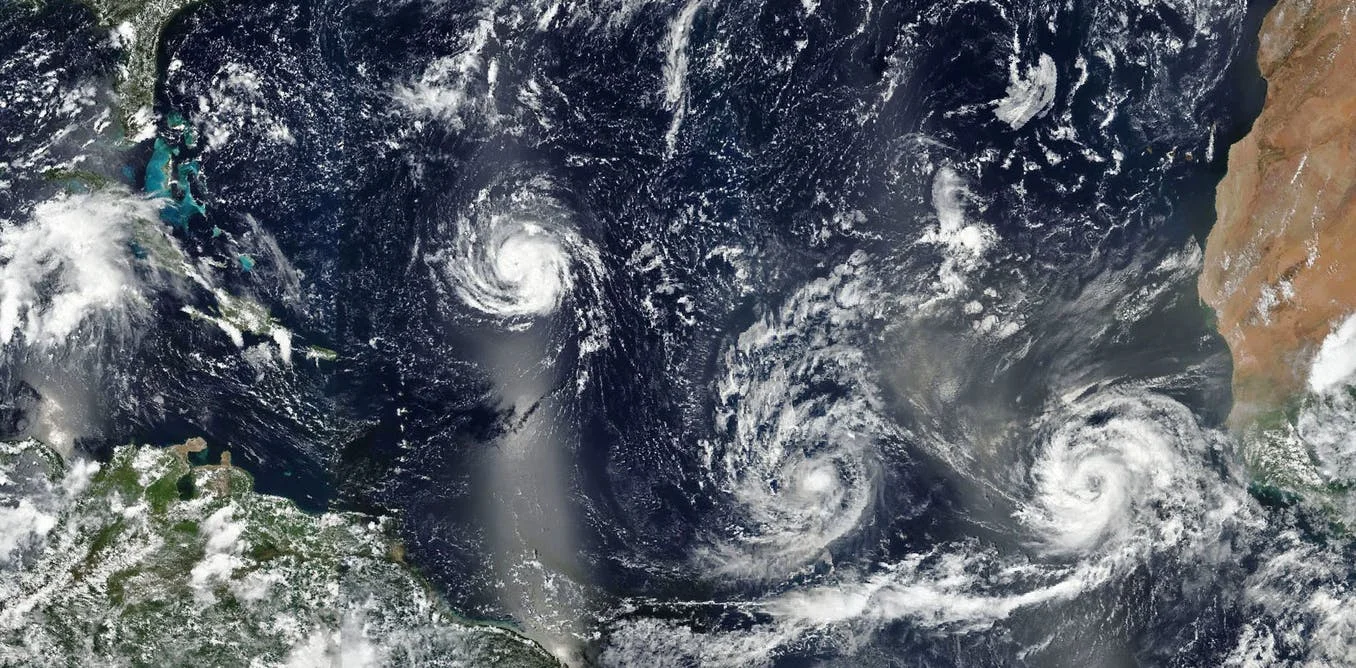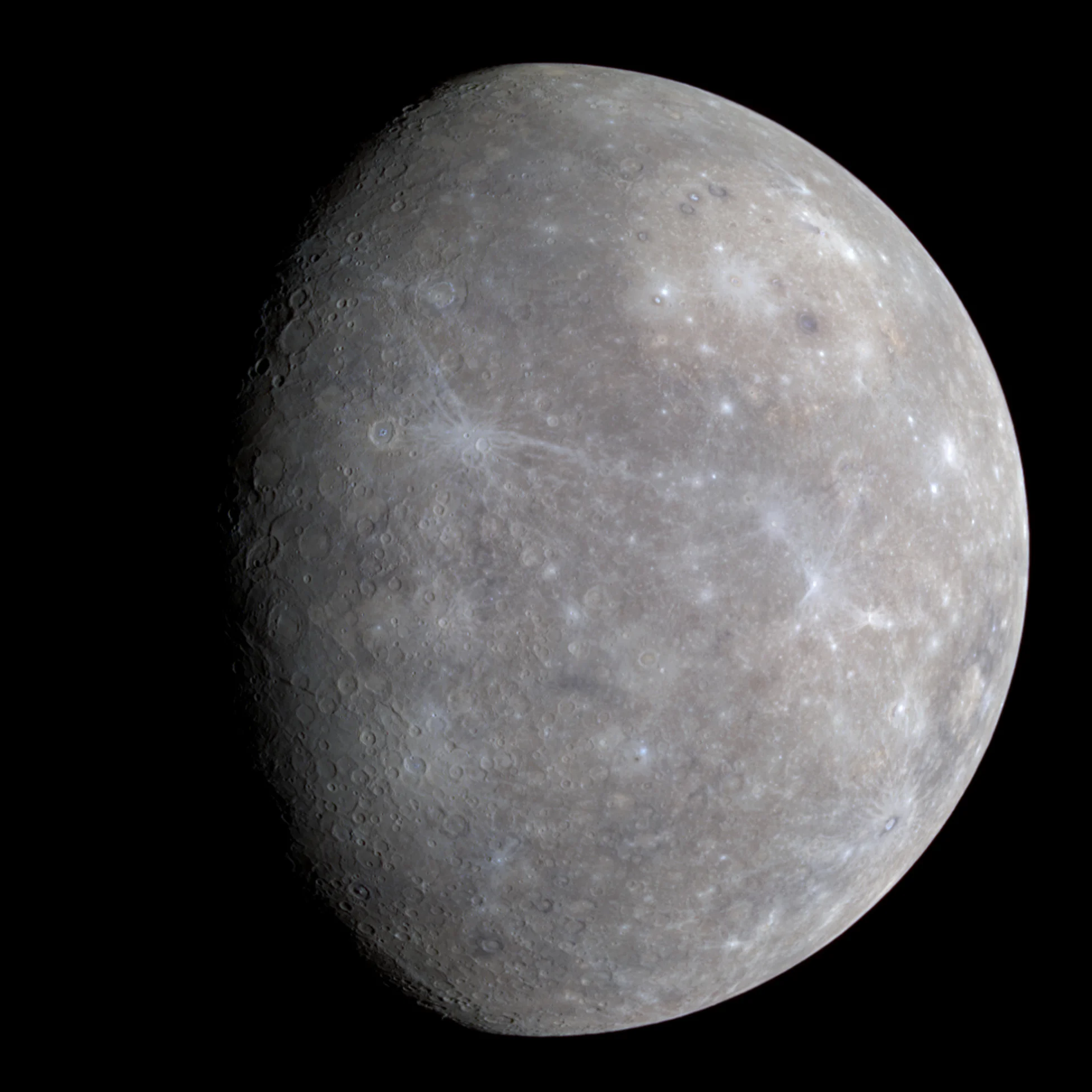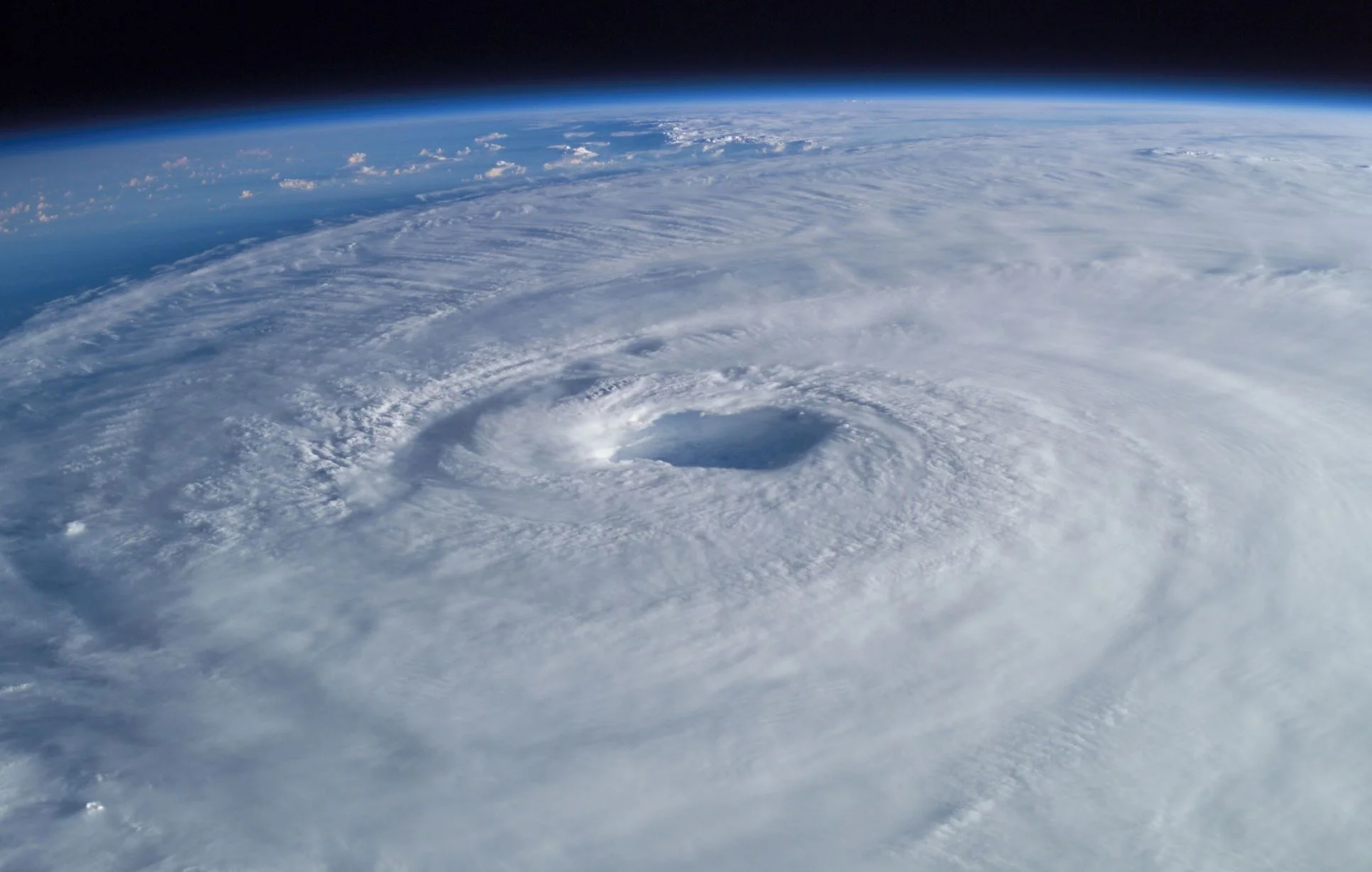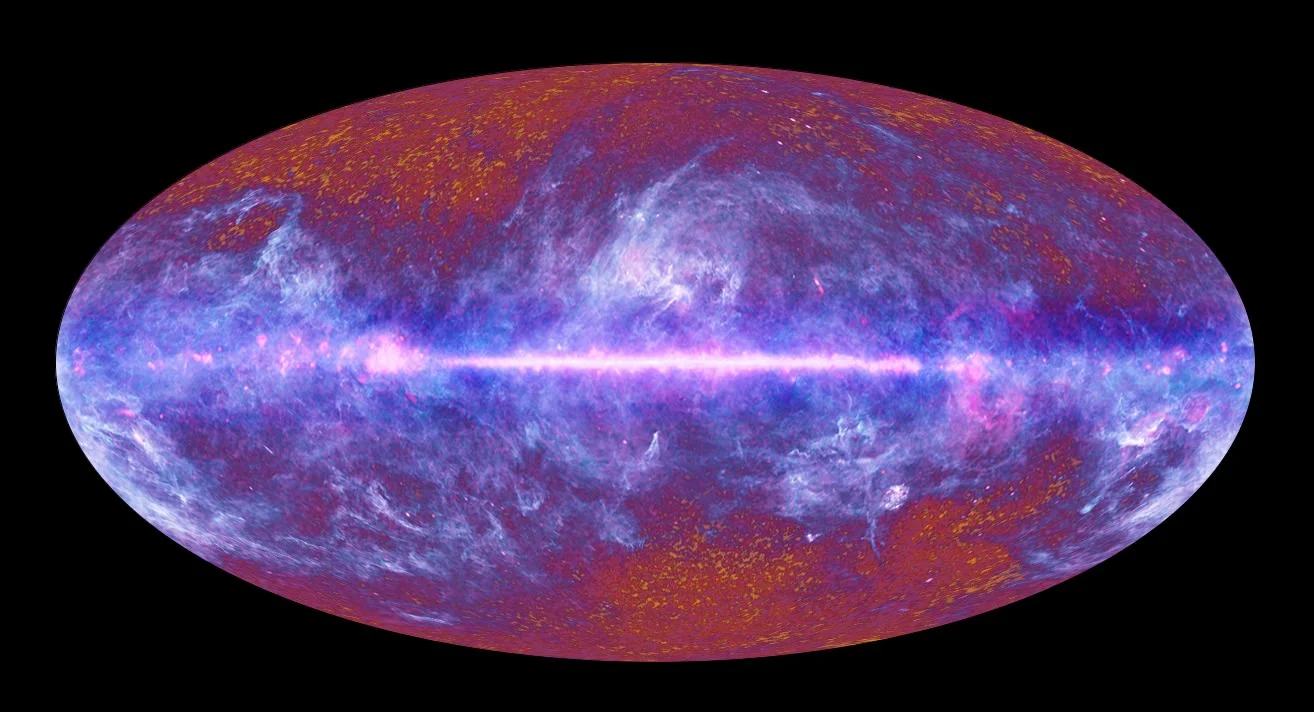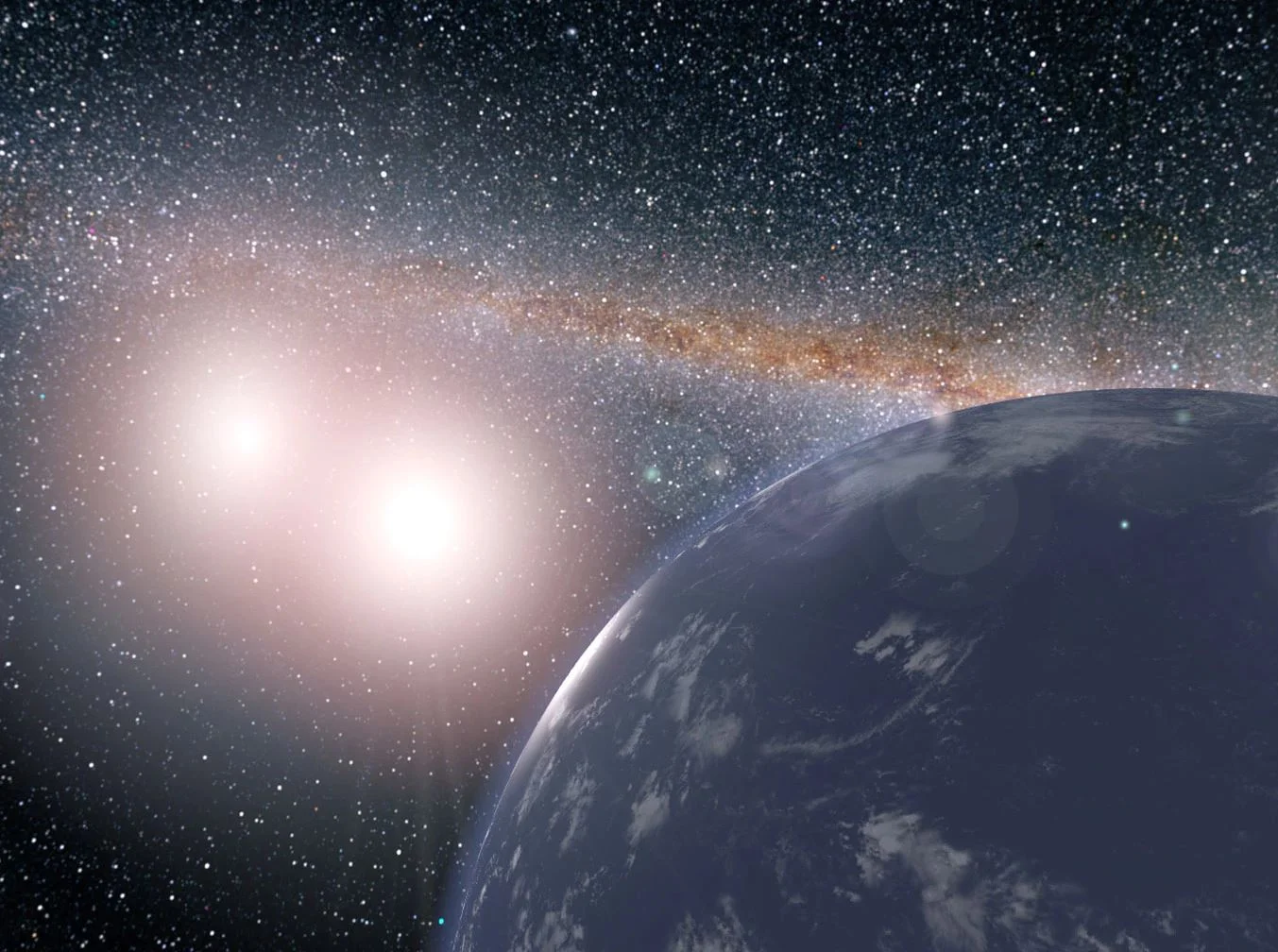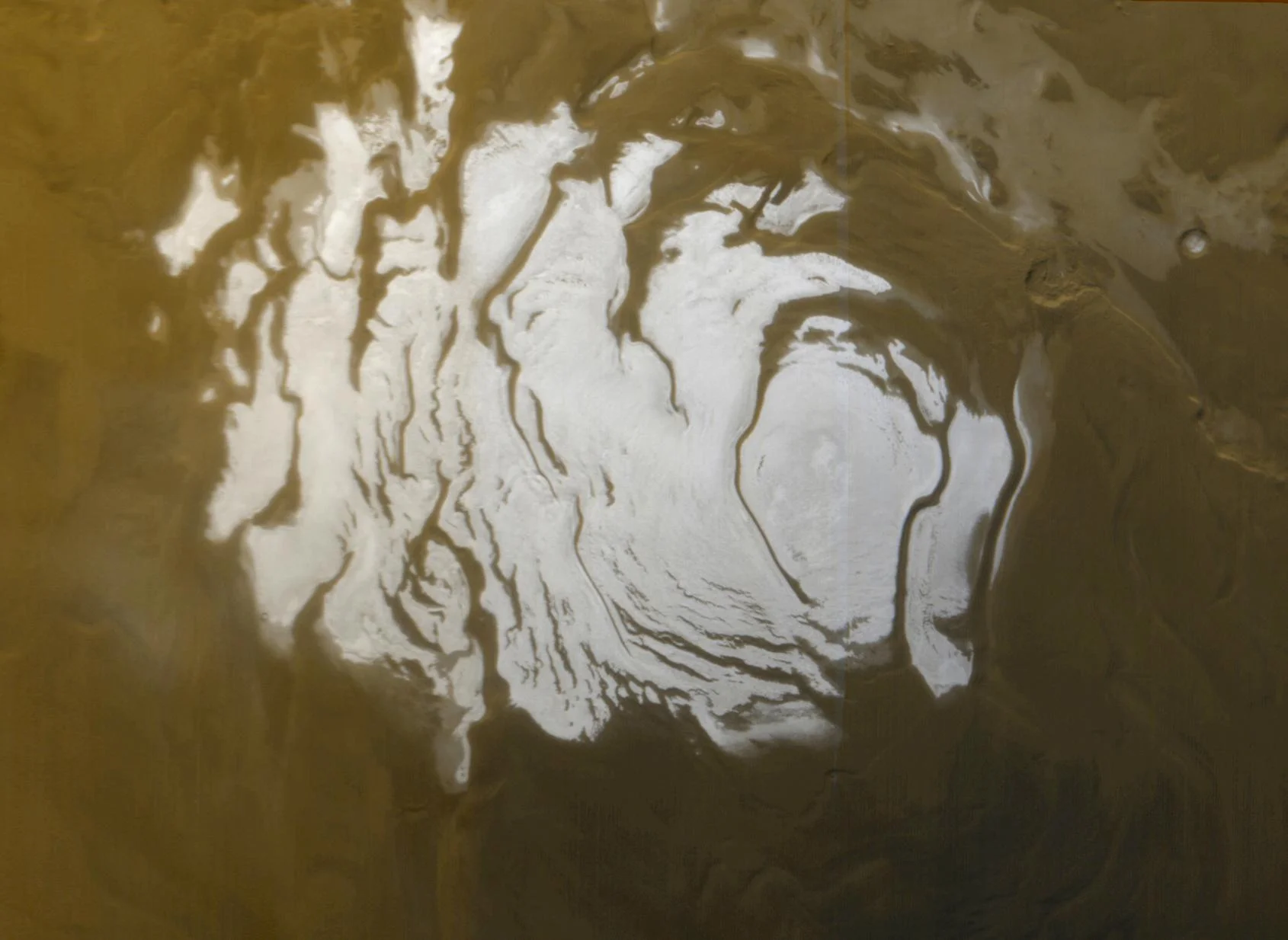NASA’s newest planet hunter, the Transiting Exoplanet Survey Satellite (TESS), is now providing valuable data to help scientists discover and study exciting new exoplanets, or planets beyond our solar system. Part of the data from TESS’ initial science orbit includes a detailed picture of the southern sky taken with all four of the spacecraft’s wide-field cameras. This “first light” science image captures a wealth of stars and other objects, including systems previously known to have exoplanets.
How the zebrafish got its stripes
The Closest Planet Ever Discovered Outside the Solar System Could be Habitable With a Dayside Ocean
In of August of 2016, astronomers from the European Southern Observatory (ESO) confirmed the existence of an Earth-like planet around Proxima Centauri – the closest star to our Solar System. In addition, they confirmed that this planet (Proxima b) orbited within its star’s habitable zone. Since that time, multiple studies have been conducted to determine if Proxima b could in fact be habitable.
Rogue hurricanes that head northwards may be new normal
Shortly after Hurricane Helene formed off the coast of West Africa on September 7, it did something unusual. Instead of following most hurricanes westward across the Atlantic, Helene turned north towards the UK and Ireland. Now downgraded to an “ex-hurricane”, Storm Helene is nonetheless expected to bring strong winds across much of England and Wales when it hits on September 17.
Hubble Uncovers Never-Before-Seen Features Around a Neutron Star
An unusual infrared light emission from a nearby neutron star detected by NASA’s Hubble Space Telescope could indicate new features never before seen. One possibility is that there is a dusty disk surrounding the neutron star; another is that there is an energetic wind coming off the object and slamming into gas in interstellar space the neutron star is plowing through.
Vital for life, heat and power – what you never knew about salt water
Magnetic bacteria and their unique superpower attract researchers
As a graduate student in the 1970s, microbiologist Richard Blakemore probably wasn’t expecting to discover a new bacterial species with a never-before-seen ability. While studying bacteria that live in muddy swamps, he observed that some tended to swim reliably toward the same geographical direction. Even when he rotated the microscope, they persisted in wiggling toward one direction. After confirming that their swimming behaviors were unaffected by light, Blakemore suspected they might be responding to the weak magnetic fields naturally present on Earth.
Forming Dense Metal Planets like Mercury is Probably Pretty Difficult and Rare in the Universe
The planet Mercury, the closet planet to our Sun, is something of an exercise in extremes. Its days last longer than its years and at any given time, its sun-facing side is scorching hot while its dark side is freezing cold. It is also one of the least understood planets in our Solar System. While it is a terrestrial (i.e. rocky) planet like Earth, Venus and Mars, it has a significantly higher iron-to-rock ratio than the others.
A Galactic Gem
Anti-ageing drugs are coming – an expert explains
There will be almost ten billion people living on Earth by 2050 and two billion of them will be over the age of 60. Growing old is the primary risk factor for multiple chronic and life threatening conditions such as diabetes or cardiovascular disease. This burdensome morbidity is the most distressing aspect of old age – compromising individual independence and straining collective healthcare systems.
How meteorologists predict the next big hurricane
Why it’s so hard to reach an international agreement on killer robots
What is the Cosmic Microwave Background?
For thousands of years, human being have been contemplating the Universe and seeking to determine its true extent. And whereas ancient philosophers believed that the world consisted of a disk, a ziggurat or a cube surrounded by celestial oceans or some kind of ether, the development of modern astronomy opened their eyes to new frontiers. By the 20th century, scientists began to understand just how vast (and maybe even unending) the Universe really is.
Welcome to the new Meghalayan age – here’s how it fits with the rest of Earth’s geologic history
New Reasons why Pluto Should be Considered a Planet After All
In 2006, during their 26th General Assembly, the International Astronomic Union (IAU) passed a resolution to adopt a formal definition for the term “planet”. According to this definition, bodies that orbit the Sun, are spherical, do not orbit other bodies, and have cleared their orbits were designated planets. Pluto, and other such bodies that did not meet all of these requirements, would thereafter be designated as “dwarf planets”.
How to detect a sinkhole – before it swallows you up
Massive solar and wind farms could bring vegetation back to the Sahara
Switching from fossil fuels to renewable energy is an important and necessary step towards averting climate change. However, in our efforts to go green, we also need to be mindful of other consequences, both intended and unintended – and that includes how a mass deployment of renewable technology might affect its surrounding climate.
How animals went from single cells to over 30 different body types
Whilst this planet has gone cycling on according to the fixed law of gravity, from so simple a beginning endless forms most beautiful and most wonderful have been, and are being, evolved. So wrote Charles Darwin, in his On the Origin of Species. The origin and evolution of animals is one of the most fascinating questions in modern biology.
Europan Space Whales Anyone? Planets Covered by Deep Oceans Can Still Have Life on Them
In recent decades, astronomers have discovered many planets that they believe are “Earth-like” in nature, meaning that they appear to be terrestrial (i.e. rocky) and orbit their stars at the right distance to support the existence of liquid water on their surfaces. Unfortunately, recent research has indicated that many of these planets may in fact be “water worlds“, where water makes up a significant proportion of the planet’s mass.
What on Earth could live in a salt water lake on Mars? An expert explains
Tantalizing new evidence has suggested that there may be a salty lake below a glacier on Mars. While brine at freezing temperatures does not sound like the most hospitable of environments, it is difficult to resist pondering whether organic life could survive – or even make some kind of living – there




